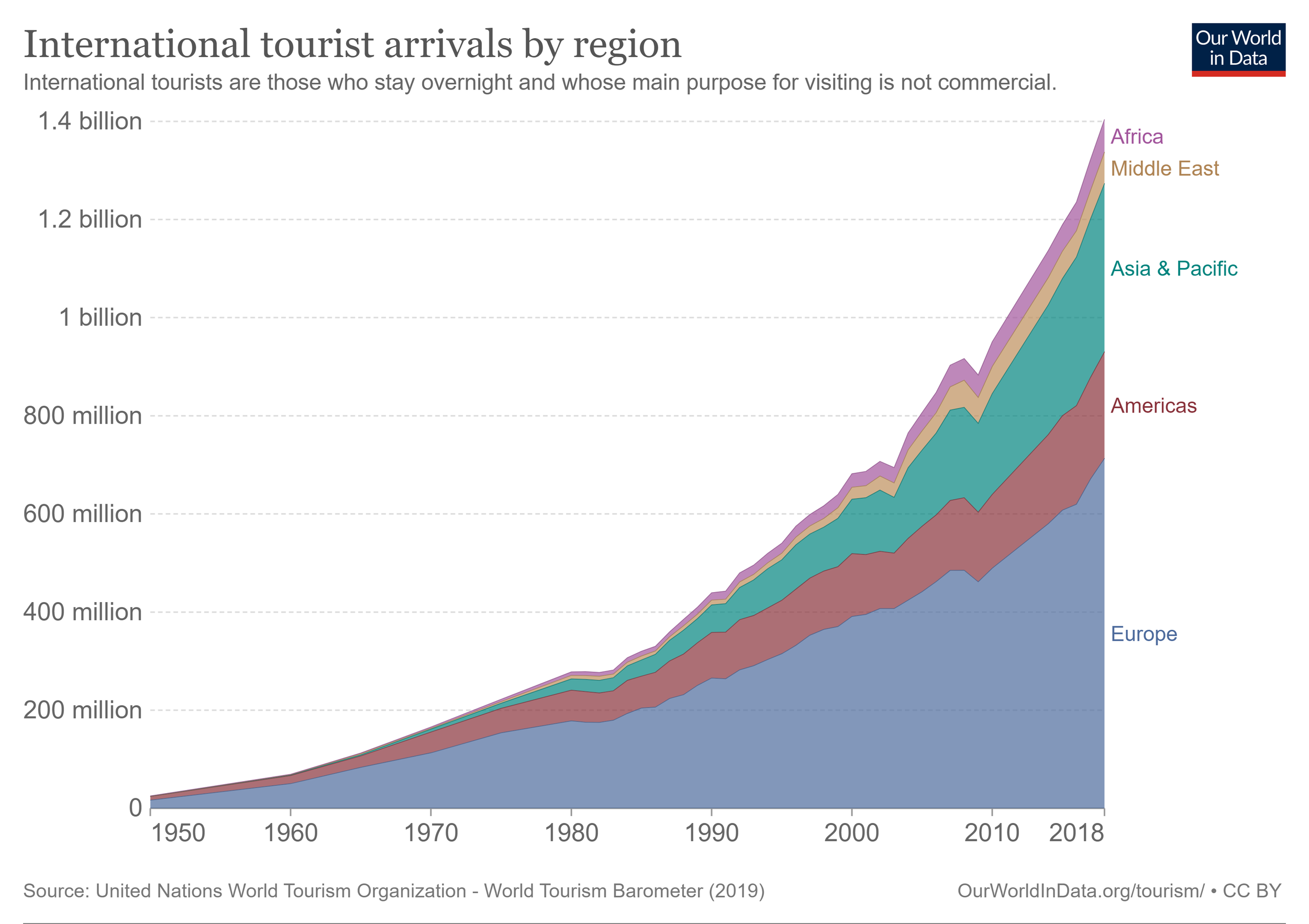How traveling impacts our planet and how we can limit the damage
By Frankie Pinchard
The effect of tourism on fragile ecosystems
The tepuis in Venezuela are table-top mountains over 300 million years old. Mount Roraima is the highest of the plateaux in South America and according to the indigenous people on Gran Sabana, the mountain is the olde stump of a legendary tree that once held all the fruits and vegetables of the world. As they are completely isolated from the forests below, they are home to endemic plants and species that have evolved over millions of years.
Tepuis were once hard to get to and not frequented by outsiders, but today the increasing demand for more adventurous tourism has meant that tepuis are becoming more and more polluted. Human waste on tepuis from hikers and campers has introduced new invasive plants to a delicate and fragile ecosystem that scientists have been careful to protect. Sadly, there are hundreds of delicate ecosystems and environments that once were untouched by tourists but today are being polluted.
In the last twenty years, the number of tourists around the world has doubled.
For many countries, tourism is an important industry, which provides thousands of jobs. In 2021, travel and tourism was 7.4% of Venezuela's GDP. While tourism can have a positive impact on the economy and communities, it simultaneously leads to increasing carbon emissions, and results in the destruction of environments.
Source: Our World in Data
Making Greener Choices While Traveling
However when we travel sustainably, we can support the environment and limit our damage to the planet and importantly, we can enjoy traveling and gain a greater appreciation for the world around us.
There are so many tools out there to help you make a greener choice when travelling. For example, Book Different is a social enterprise that helps consumers choose responsible destinations and accommodations. Hopper Trees is another enterprise that plants trees when you book hotels or flights through their website, part of a bigger carbon offsetting project undertaken by airlines.
In Slovenia, the tourist board has created the Green Scheme of Slovenian Tourism that focuses on sustainability by awarding the Green Destination label to accommodations, parks, travel agencies and even restaurants. This then helps tourists to choose greener options. Last year, Slovenia was named 5th in the top 10 countries to visit according to Lonely Planet.
There are also more practical ways of making trips and holidays greener.
Conserve water in hot countries and in countries where you have to buy bottled water, opt for the largest bottle. Refill your own bottles to reduce your plastic consumption
Use public transport instead of taxis. Often, this is also the more economical option!
Watch out for buying souvenirs that are made of ivory or coral and in fact, think twice before buying souvenirs that you won’t actually use.
Stay closer to home, and explore your own state or country. Why not stay local, reduce your airline footprint, and be a tourist in your own city.
Take a walking tour; they are not only good for you, but for the planet too and you’ll get to see so much up close and personal.
Trains are an eco-friendly way to get around most countries, as opposed to flying, and can often be the fastest in Europe.
When hiking or biking, stick to the trail to avoid extra erosion and respect the wildlife and environment.
In the end, traveling sustainable is all or something. We know people will not stop flying, or stop traveling altogether, but there are small changes that we can all make to support local environments so that we can continue to enjoy these travel destinations.

